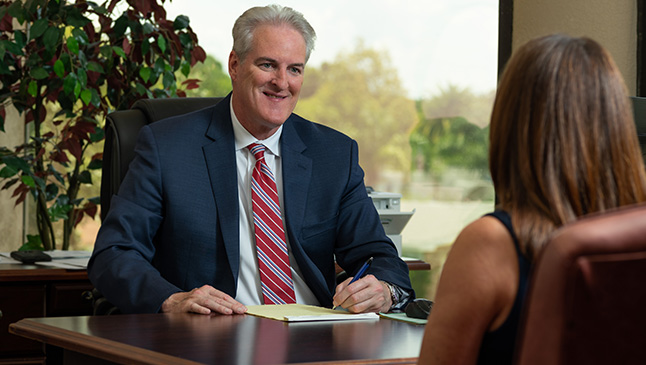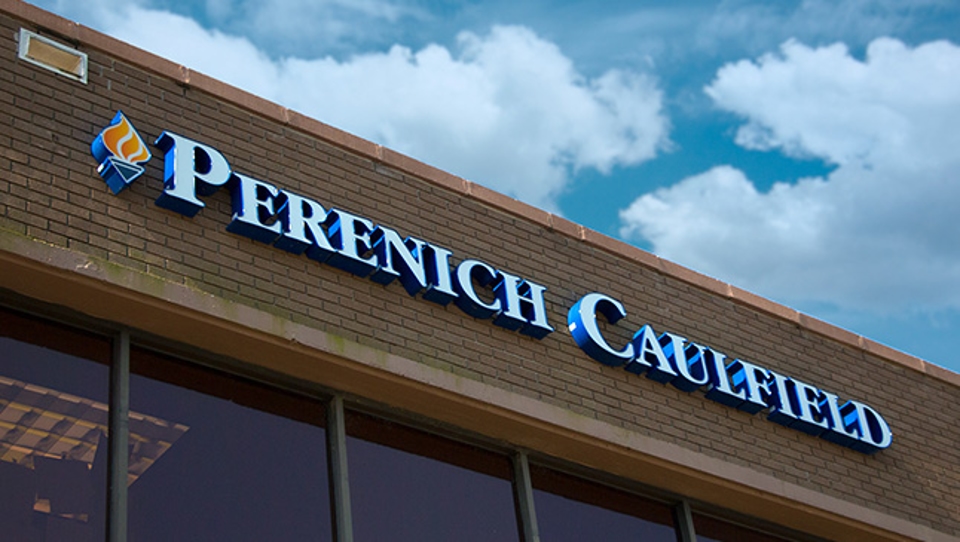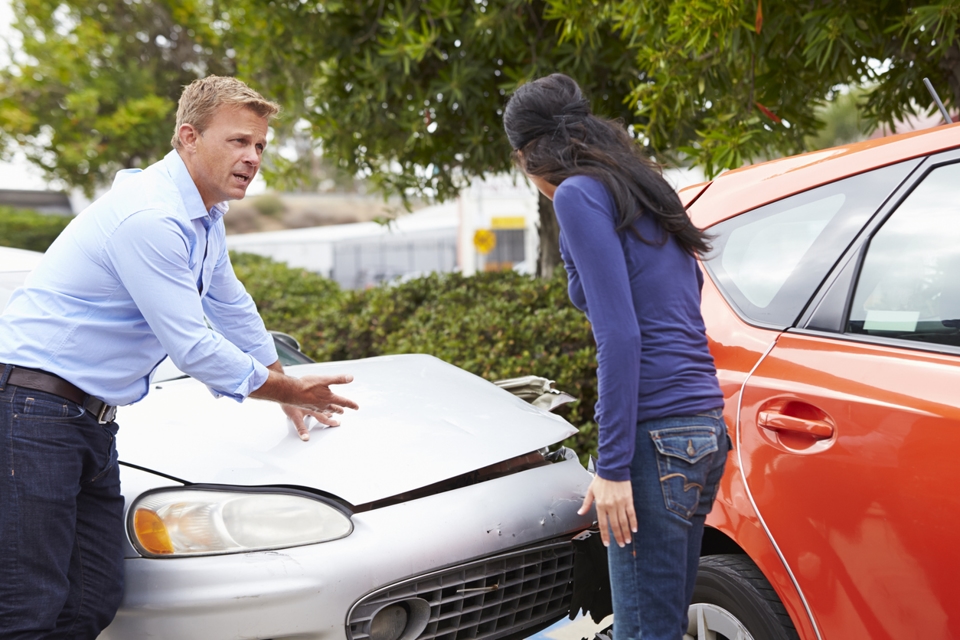As Uber and Lyft continue to shape the future of transportation and reduce the need for traditional taxis, many people are exploring the opportunity to earn income by driving for these platforms. However, becoming a rideshare driver involves more than just downloading an app and hitting the road.
Both companies have strict vehicle and driver requirements in place to ensure safety, legal compliance, and a consistent experience for passengers.
Uber and Lyft Vehicle Standards
Both Uber and Lyft require vehicles to meet certain standards to maintain a reliable and professional rideshare experience. If drivers do not have access to a qualifying vehicle, both Uber and Lyft have programs through which drivers can rent one from the company to use on their respective platforms.
The overall condition of the car must be clean and well-maintained to pass inspection and remain active on the platform. Uber drivers must use a car not older than 16 years, and Lyft notes on its website that vehicle age requirements vary by city.
In addition to meeting the age requirement, vehicles used to drive for either company must have:
- Four doors
- At least four seats for passengers (can be more depending on the ride tier)
- Functioning seat belts for all passengers
- Working windows and air conditioning
- No major cosmetic damage or missing parts
These rideshare companies may also prohibit vehicles with branded paint, commercial logos, or salvage titles.
Depending on your city, you may also need to complete a vehicle inspection to assess essential systems such as brakes, tires, lights, and seat belts. Other vehicle requirements might also apply depending on the driver’s city or state.
Driver Qualifications for Uber and Lyft
In addition to having access to a qualifying vehicle, Uber and Lyft drivers themselves must meet several key criteria.
Age, License, and Driving Experience
Both companies require drivers to be at least 21 years old with a valid U.S. driver’s license. In most cities, you’ll also need at least one year of licensed driving experience, or three years if you’re under 25.
Background Check
Uber and Lyft partner with third-party services to conduct thorough, mandatory criminal background screenings, usually covering the past seven years.
These checks include national, state, and local databases to look for violent crimes, sexual offenses, theft, or felony convictions. Serious offenses, including violent crimes, DUI convictions, or a history of reckless driving, may disqualify you from either platform.
Driving Record
If you want to drive for Uber or Lyft, you’ll also need a clean driving record with no recent at-fault accidents, DUIs, or major moving violations like reckless driving or hit-and-run incidents. Minor violations, such as a speeding ticket from a few years ago, might not disqualify you, but repeated infractions can be an issue.
After joining the platform, drivers are subject to ongoing background and driving record checks to ensure continued compliance.
Insurance Coverage
Uber and Lyft drivers must have personal auto insurance that meets their city and state’s mandatory minimum limits and other requirements.
Failing to maintain proper insurance can result in removal from the platform and possible legal consequences in the event of an accident.
Insurance Coverage from Uber and Lyft
Although Uber and Lyft drivers must carry personal car insurance that meets their state’s minimum liability coverage, standard personal auto policies generally don’t cover accidents that occur while driving for a rideshare company.
To bridge that gap, both Uber and Lyft usually provide their own insurance policies for active drivers.
The coverage generally varies depending on what stage of the ride the driver is in:
- App off: The driver’s insurance typically provides coverage (no coverage from Uber or Lyft).
- App on and waiting for a ride request: Uber or Lyft may provide limited liability coverage.
- Ride accepted or passenger in vehicle: Full coverage, including liability, collision, and uninsured/underinsured motorist protection, from Uber or Lyft usually kicks in.
The above coverage descriptions are not comprehensive; for example, coverage and other insurance requirements can depend on the driver’s state or county.
Some drivers also choose to purchase a rideshare endorsement or a commercial policy to avoid gaps in coverage.
Legal Action After a Rideshare Collision
Vehicle and driver requirements can play a role in any legal actions you may pursue after an Uber or Lyft accident.
For example, a driver’s compliance, or a lack thereof, with company policies for things like safety or vehicle maintenance could be a factor in your Uber or Lyft accident case. Determining liability after an Uber or Lyft accident can also be complicated due to things like insurance coverage variations.
How a Personal Injury Attorney Can Help You After an Uber or Lyft Accident
If you’ve been injured in an Uber or Lyft accident, consulting with a personal injury attorney who understands the complexities of rideshare accident cases is important. Factors like liability and insurance coverage can be different and often more complicated in Uber or Lyft accident cases than they might be in a typical car accident case.
An experienced lawyer can help you understand your rights, review insurance policies, and determine liability, especially if issues related to Uber or Lyft vehicle or driver requirements are involved.
Contact the Pinellas County Car Accident Law Firm Of Perenich, Caulfield, Avril & Noyes Personal Injury Lawyers for Help
For more information, please contact the Clearwater and St. Petersburg car accident law firm of Perenich, Caulfield, Avril & Noyes Personal Injury Lawyers at the nearest location to schedule a free consultation today.
We serve Pinellas County and its surrounding areas:
Perenich, Caulfield, Avril & Noyes Personal Injury Lawyers – Clearwater
1875 N Belcher Rd. STE 201,
Clearwater, FL 33765
(727) 513-3975
Perenich, Caulfield, Avril & Noyes Personal Injury Lawyers – St. Petersburg
2560 1st Ave S,
St. Petersburg, FL 33712
(727) 349-1728




.2507081006286.jpg)

